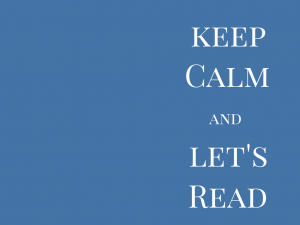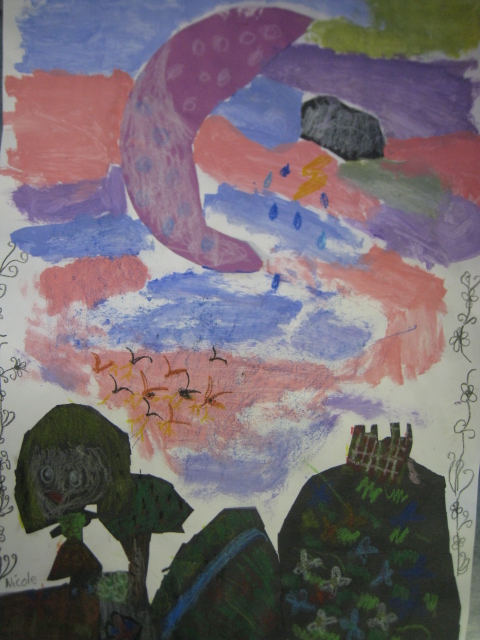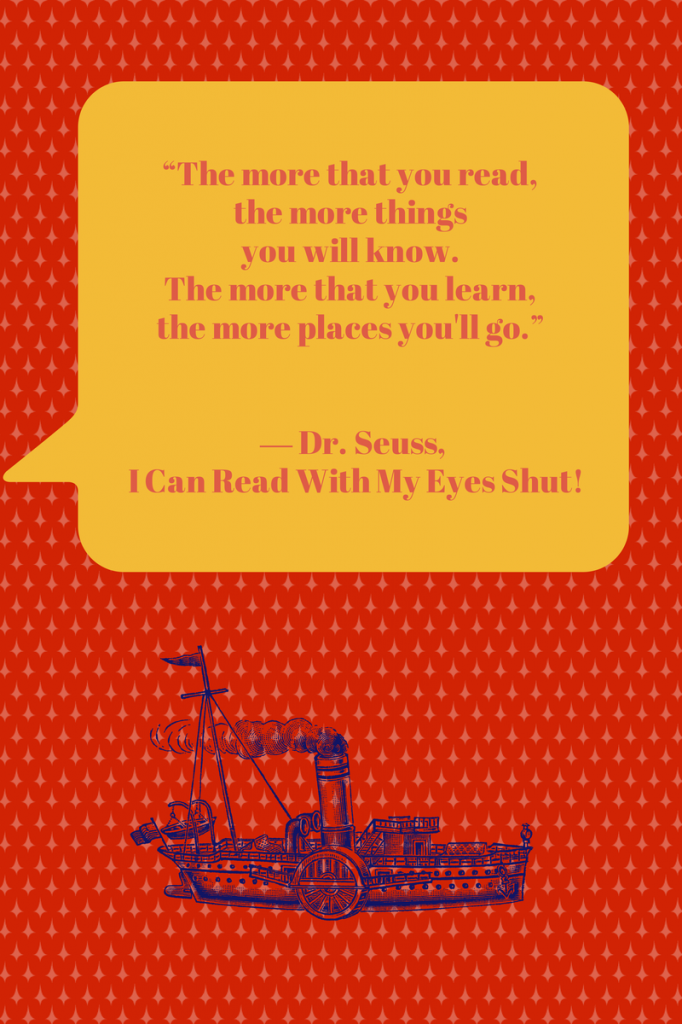A Year’s Reading Journey
The Goldilocks Approach: How to help your child select a reading book appropriate to their reading ability.
‘Teach your child to read
a page of the book aloud
and to hold up one finger
for each word that they don’t know.
If your child is holding up
four fingers and a thumb
before finishing the page,
the book is probably too difficult.
It may be one, you and your child
could read together instead.’
Please note, this is a recommendation
we have found several places on the internet,
so we cannot attribute it to its original author.
D.E.A.R. : Drop Everything And Read
We finished reading ‘Emlyn’s Moon’ by Jenny Nimmo
Today in school we finished reading
a really great book.
It was called Emlyn’s Moon and is by
the wonderful writer Jenny Nimmo.
This book is the 2nd in a trilogy
(three book series).
We already read the first book in the series.
It was called ‘The Snow Spider’.
Both were challenging reads for 2nd class
but we really enjoyed them.

Photo Credit: Luz Adriana Villa via Compfight
Isabella thought that the book
had really good twists.
Clara said that she enjoyed the mystery.
Shauna loved the magic.
Alice thought it was magical too,
and she always wanted to find out
what happened next.
Nicole said that this book would inspire her
to write better stories.
She could see a pattern in the plot
of happy parts, scary parts and twists.
If any of the boys and girls would like to watch
over the summer, just click on the title of the book above
for the ITV serialization on You Tube. A word to the wise;
Please monitor your child’s use of the internet. It is a
portal to an unedited outside world.
There are very useful summaries of these book
on these links;
Click here for ‘The Snow Spider’
and here for ‘Emlyn’s Moon’
The themes in the third book in the series;
the excellent ‘The Chestnut Soldier’
are more suitable to an older child. (10+)
1. Helping your Child’s Learning; Suggestions for Children’s Reading Over The Summer (2nd class, going into 3rd)
I have been asked for suggestions
for children reading over the Summer.
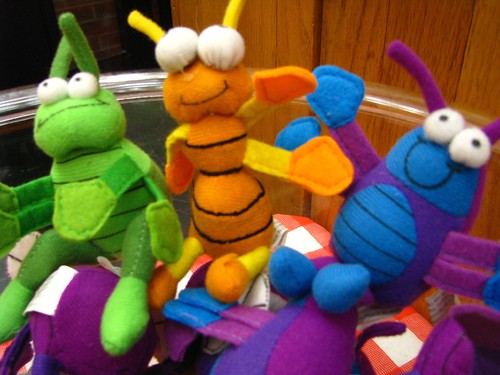
![]() Photo Credit: pollyalida via Compfight
Photo Credit: pollyalida via Compfight
If you google the phrase ‘Summer Slump’ or ‘Summer Slide’
you will read about how research has shown that children
slip back academically over the summer holidays.
Keeping up reading over the summer is one way
to counteract this.
The following link is a comprehensive link
from New Zealand on the subject:
Summer Slide and Holiday Reading.
We can read but that does not mean we read
books like ‘War and Peace’ all the time.
By the same token children benefit by reading
books that they are easily able for and enjoy.
Books for Girls
I feel the authors we already read
during this past year, in 2nd Class
are a good starting point;
I see many of the girls enjoying books from
‘My Naughty Little Sister’ Series by Dorothy Edwards
I think that books by Anne Fine have great potential
for student reading over the summer.
These are easy reads by Anne Fine.
We have read quite a number of Anne Fine’s books
but didn’t get around to Ivan the Terrible
It looks like fun!
Here is a
As you can see many of her books
would be of interest to boys also.
I feel the books of Jacqueline Wilson have a lot of potential
for reading this summer. Her clever website has her books
laid out according to age here.
These three authors write books for younger
readers right through to young adult,
so check their suitability for your child.

Photo Credit: kate hiscock via Compfight
The girls in the class also recommended the ‘Alice and Megan’ series by Judy Curtain (Alice Next Door, Alice in the Middle, Alice Again etc.)
Finally Eva Ibbotson’s ‘Journey to the River Sea’ is a good book
to read to your child. Details here.
Books for Boys
Research shows whereas girls prefer fiction
that many boys have a preference for non fiction.
Though girls might like these too
boys like graphic novels,
information books,
adventure,
humour/joke books.
The ‘Guinness Book Of Records’ and
‘Ripley’s Believe It Or Not’ are also popular.
As are Roddy Doyle’s ‘The Giggler Treatment’
and ‘Captain Underpants’ by Dav Pilkey.
The ‘Beast Quest’ series by Adam Blade
is popular with independent readers.
Click here to read more about Beast Quest
Then there is Irish author Kieran Fanning’s
Code Crackers series.
These books are not read from beginning to end.
Children reading these books
have to solve clues, codes, problems
and other puzzles to continue with the story.
Click here for information on the Code Cracker Series
‘The Diary of the Wimpy Kid’ and ‘Horrid Henry’
have been popular with the boys this year.
I am reliably informed that the books from
‘How to Train Your Dragon’ by Cressida Cowell
is popular with both boys and girls
Link to Cressida Cowell’s website here.
Don’t forget the classics written by Roald Dahl
or CS Lewis. The Narnia Books can be
a very satisfying choice to read to your child
at this stage.
The staff in bookshops
and your local librarian
can also be very helpful
if you ask them about books
that are popular with boys
or girls of this age.

Photo Credit: William Murphy via Compfight
The local library has a great selection
and building in a fortnightly trip to the library
can be a very enjoyable part of the summer.
Finally Scholastic suggests reading the newspaper with your child.
The Scholastic website has lots of great information about
encouraging your child to read. Why not check it out!
We have begun reading ‘Emlyn’s Moon’ by Jenny Nimmo
We finished reading ‘The Snow Spider’ by Jenny Nimmo.
Certainly it was challenging for 2nd class to read as a class novel.
But we were drawn into Jenny Nimmo’s magical world.
So much so, we are continuing with the next book in the trilogy;
‘Emlyn’s Moon’.
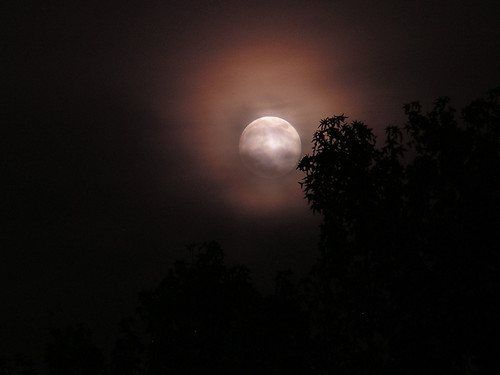
![]() Photo Credit: Ron Lute via Compfight
Photo Credit: Ron Lute via Compfight
We can see how it was adapted for ITV.
Click here to see ‘Emlyn’s Moon’ Part One
I would remind parents not to let
their children watch You Tube unsupervised.
The internet is a wonderful gift,
but it has the potential to be Pandora’s Box.
Visualizing ‘It Was A Dark And Stormy Night’ by Allan Ahlberg
We are working on comprehension strategies
in reading, following the
‘Building Bridges of Understanding’ programme.
We spent the first six weeks of the school term
predicting what was going to happen next
in the stories we read.
Now we are adding ‘visualization’ to our skill set.
Teacher has read six short novels in class this year.
This one is our favourite by far.
“…Outside a light wind was blowing
the last of the storm clouds away.
In the east there was a glow,
and streaks of pink and violet
and duck-egg green tinged
the darker edge of the sky”.
From: ‘It Was A Dark And Stormy Night’
by Janet and Allan Ahlberg
Teacher thinks Nicole has visualized the sky at dawn, very well:
We all worked hard on ‘visualizing’ as you will see:
‘It Was A Dark And Stormy Night’ by Allan Ahlberg
As always I would remind you to supervise your child when they are online.
Jake visualizes ‘The Pirate Ship’.
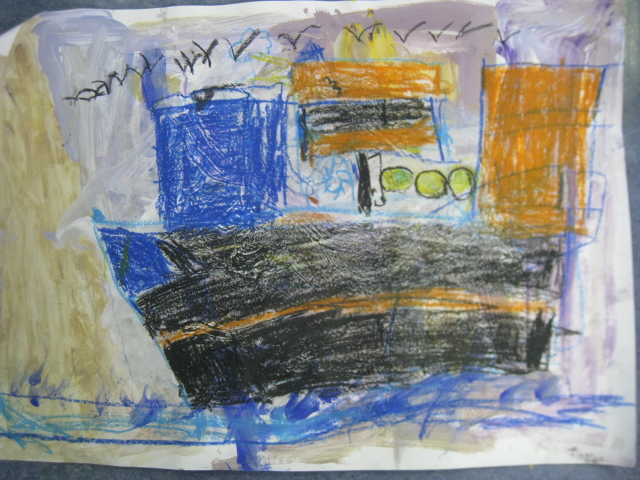
Click here to see our book review and to hear our podcast.
This Year’s Reading Journey for 2nd Class, Room 6

Photo ‘Quote 1’ by LDietrich528 on Flickr.
I think it would be useful if I gave you, the parent an overview of our plans for reading during this school year.
What we do in class might seem arbitrary and piecemeal to start with, but there is a plan for reading in place for the class.
At the beginning of 2nd class…
Many children are independent readers.
By the end of 2nd, I would like that all children would be reading independently and that they would develop a stamina for reading.
I hope that they get exposure to
a range of reading materials;
fact, fiction, stories, novels and poetry
know what they like to read
and love reading.
As J.K Rowling wrote:
“It is our choices, Harry,
that show what we truly are,
far more than our abilities.”
This plan stretches from September through to the end of June next year.
To maximize its success it is important that your child comes to school each day.
It is also important that you, the parent read with your child each night.
I know you all lead very busy lives and sometimes this may seem like a chore,
but it can be the most relaxing and pleasant time of the day for you and your child.
Memories are made of times when parent and child read together.
This plan is not written in stone.
Of necessity the plan for reading is flexible.
Every class is different and it may be that some classes are quicker to get to a certain point and others are slower.
But it isn’t a race. We are going to enjoy the journey.
Though it is a class plan, the focus is on your child as an individual.
This is like learning to walk.
This year I would like them to be ‘steadier’ readers i.e. more fluent
and to know what direction they would like to go
i.e. to know what are their preferences; know what they like to read.
Reading comprehension is also an important aspect of the work we will do this year.
The First Term
We will be ‘finding our feet’ at the beginning of the year.
During the first week the children will be bringing home books from the class library.
For the rest of the month they will be reading comprehension pieces from ‘A Way with Words’.
This reading will be in preparation for ‘follow up’ work in school.
I would suggest that you take a mental photograph of what this time is like;
the library books your child chooses to bring home
and your child’s level of fluency in reading these and the comprehension pieces.
Because later in the year your child will again be bringing ‘A Way with Words’ to read at home
and in the very last weeks of June,
your child will be bringing home class library books to read
and it will be heartening for you to see how they will have progressed.
Paired Reading
Then at the end of September, we will be doing six weeks of ‘paired reading’.
This will be for homework and I know most of you are familiar with ‘paired reading’ as the children have done this in previous years.
In school we will be working hard on the mechanics of reading e.g. the Dolch List, Jolly Grammar and Tricky Words.
Class Novels
I will also begin reading class novels to the children.
I have chosen these novels carefully and I have found that my past pupils have enjoyed these books.
This year I am adding a further Jenny Nimmo book ‘Tom and the Pterosaur’, which I am confident the children will like.
I also see great potential for developing comprehension skills using this and other novels.
From time to time during the year we will write Book Reviews.
We will also make comparisons between the books we have read: their similarities and differences
We will vote for our favourite book and our favourite author.
“You have to write the book that wants to be written.
And if the book will be too difficult for grown-ups,
then you write it for children.”
– Madeleine L’Engle
The Formal Reading Scheme
After ‘paired reading’ we will be starting the formal reading scheme.
This phase doesn’t go on indefinitely as has been necessary in Senior Infants and First.
It is a ‘Reading Blitz’. I estimate that it should take us another six weeks or more of intense work.
Term Two
This will bring us into the 2nd term and to the end of January approximately.
I am looking forward to this phase as it is where great strides forward can be made.
It is at this stage that we do some reading with ‘Reading Buddies’ (other children from the class).
The children really enjoy this. They find it companionable and sociable to read with a classmate.
The ‘Real Books’ Box
Children will progress at different rates. When the children have finished the formal reading scheme for 2nd class,
they will be reading from a box of books that I call ‘The ‘Real Books’ Box’.
These books and the notion of reading ‘real books’ acts like a ‘carrot on a stick’ I find and is very motivating.
Class Novels
After working hard on the reading scheme we can capitalize on all our hard work and start reading the class novels that are available to us
e.g. Jill Tomlinson’s ‘The Owl Who Was Afraid of the Dark’
and ‘The Owl Tree’ by Jenny Nimmo.
The Third Term
Class novels will occupy us for the rest of the year.
We are very fortunate. Because of the generosity of parents and the hard work of fund raisers we have a great variety of books to read.
You may be surprised that the class novels available to us as ‘multiple copies’ only contain two Roald Dahl books ‘Fantastic Mr. Fox’ and ‘George’s Marvellous Medicine’.
There is a reason behind this. We are only ‘dipping our toes in the water’ as far as the books of Roald Dahl is concerned.
If your child is taken with one or two of Dahl’s books in school, he or she will be very motivated to read some more independently from the school or local library or from their own bookshelf at home.
The School Library
Work on reading class novels will be supplemented by the children’s own choice of reading from the school library.
I will be helping the children to choose ‘readable’ and appropriate books.
Once again the children have an extensive choice of books to read from the school library thanks to the generosity of parents and the ‘Library Ladies’ who give so generously of their time.
In Summary:
So in a nutshell, reading for homework will be as follows:
*Children’s own choice of reading from class library.
*Paired Reading
*Formal Reading Scheme to include ‘Reading Buddies’
*Class Novels
*Children’s own choice of reading from class library.
*Children will also be bringing home reading from the school library.
Teacher Reading
from the ‘My Naughty Little Sister’ Series by Dorothy Edwards
‘Care of Henry’ and ‘Stranger Danger’ by Anne Fine
‘The Aardvark Who Wasn’t Sure’ by Jill Tomlinson
‘The Dog Star’ and ‘Tom and the Pterosaur’ by Jenny Nimmo
‘Please Mrs. Butler’ a compilation of school poems by Allan Alhberg
‘One Dark and Stormy Night’ Allan Alhberg
A selection of books from the school library to introduce the children to various authors and series.
Class Novels
A selection from the following:
‘Dog on a Broomstick’ by Jan Page
‘The Hodgeheg’ by Dick King Smith
‘The Owl Who Was Afraid of The Dark’ and ‘The Cat Who Wanted to Go Home’ by Jill Tomlinson
‘The Owl Tree,”The Stone Mouse’ and ‘The Snow Spider’ by Jenny Nimmo
‘Fantastic Mr. Fox’ and ‘George’s Marvellous Medicine’ by Roald Dahl
You can see more information about this selection of books on Our Bookshelf to the right 🙂
“You may have tangible wealth untold.
Caskets of jewels and coffers of gold.
Richer than I you can never be –
I had a parent who read to me.”
— adapted from Strickland Gillilan
Quotable Quotes: Wise words about reading by Dr. Suess
Reading ‘The Snow Spider’ by Jenny Nimmo
As part of their homework, the children are asked to read four pages a night of their new class novel; ‘The Snow Spider’.
If possible an adult should do this with them, reading every second page.
In this way children ‘model’ their reading on that of the adult, attending to expression and punctuation.
‘The Snow Spider’ is a challenging novel. It may help the children to see extracts from the 1988 ITV dramatisation.
Link to view Snow Spider Part 1
Please don’t leave your child to watch You Tube unattended 🙂
The internet is a portal to the world outside. Children should be supervised.
Reading in Infants – The Introduction of Formal Reading in Senior Infants :)
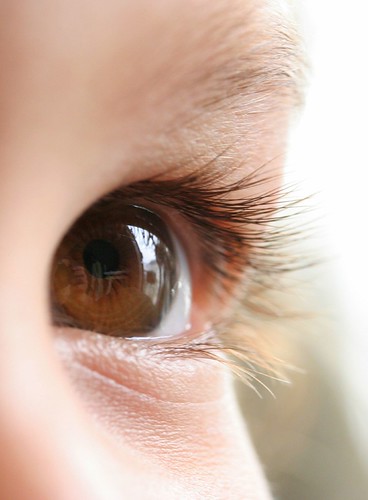
Photo Credit: peasap via Compfight
The ‘New’ Curriculum advocates the introduction
of formal reading in Senior Infants
I think this is a good thing because…
When I started teaching in 1982,
we introduced the formal schemes after Halloween
whether the children were ready or not.
I love the change the New Curriculum brought.
One of my own children learnt under the old system
and the other learnt under the new.
I loved the way my younger child leared to read.
It was the ‘scenic route’;
a lot of parent or teacher reading to child in
Junior Infants and ‘shared’ and ‘paired’ reading.
It was a much more pleasant process
and less stressful for me as a parent
or teacher, and for the children.
I love how in Junior Infants,
without the pressure of formal reading,
one can concentrate on language development
and early reading skills.
In class I love the big books
and the wide range of library books.
The language the children acquire
from these ‘real’ books is so much richer
than that which is in a ‘reader’.
I realise there can be pressure to start the readers
but when the library books make their way home regularly,
parents should be reassured.
I used find, ‘back in the day’
when we introduced reading after Halloween,
I could have a child reading passably,
but they didn’t know their alphabet or phonics thoroughly.
The language development I had time for was very limited;
the child who thought a young cow was a puppy comes to mind.
(Obviously I don’t teach in a rural area :))
It came to a point where sometimes
I saw children trying to decode words
that weren’t in their vocabulary anyway.
How would that boy decode ‘calf’ for example
if he didn’t know that word.
I found introducing reading too early
gave children their first experience of failure 🙁
when they saw someone in the class
rattle up the reading ladder
and they were stuck on Book One.
With the ‘extra’ time on hand
we used be able to have a veritable ‘Book Club’
in class where the children really enjoyed talking
about how the ‘Gingerbread Man’ and ‘The Enormous Turnip’
were the same and how they were different.
‘Education is not a race. Enjoy the journey.’ 🙂



